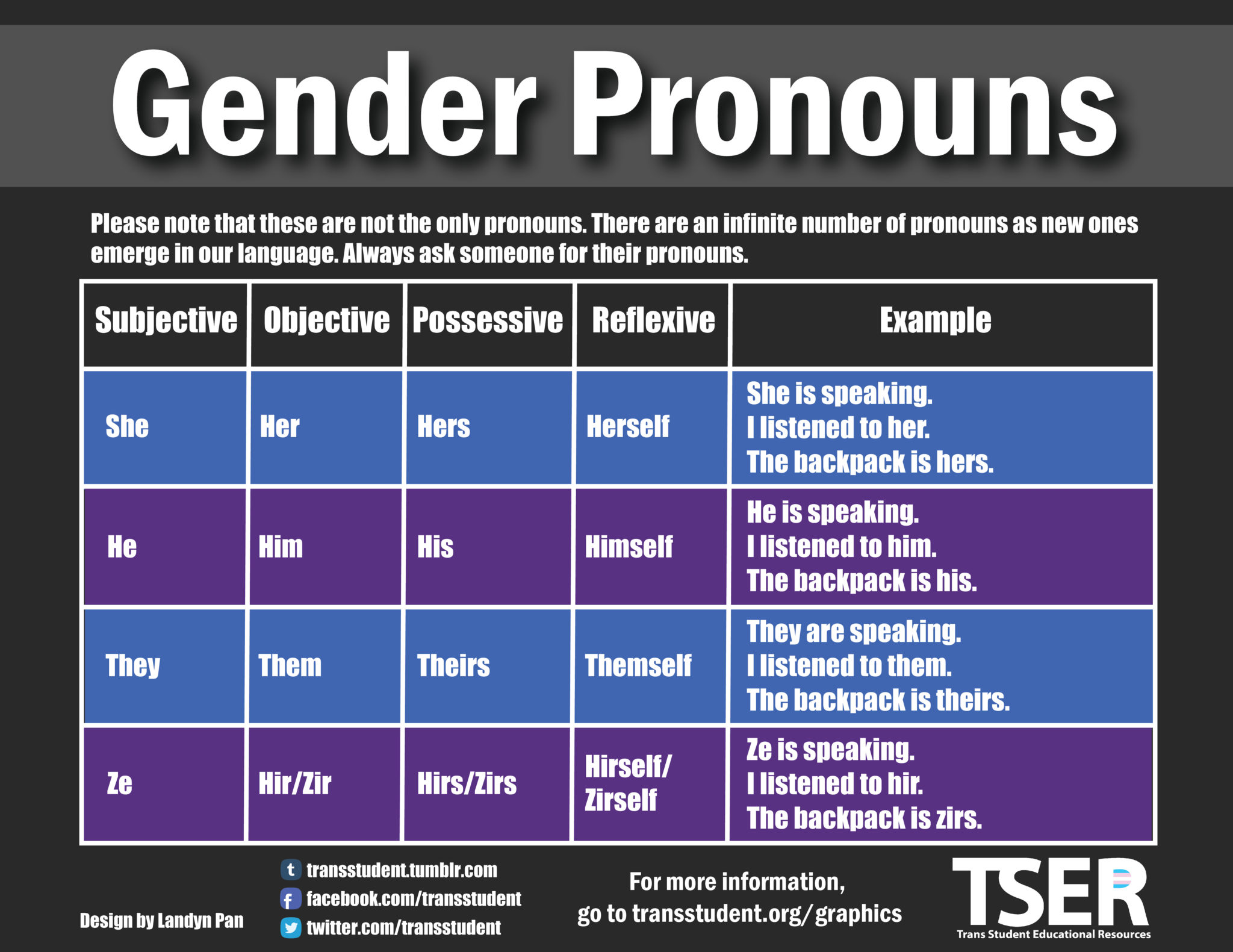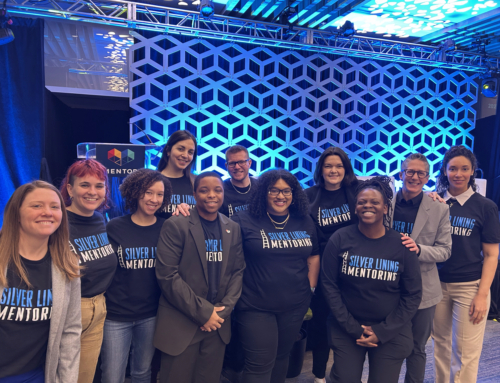Author: Evan Hubbard, Program Supervisor
Gender Inclusive Pronouns in Email Signatures:
One of the core tenets of our work at SLM is creating an environment that is affirming and welcoming for all members of our community. Since 2012, SLM has started every group we run by inviting each individual to share their chosen name and pronouns. This is done so that everyone’s identity is respected and celebrated. As an organization, we wanted to take this practice one step further by adding them to our email signatures.
What are pronouns?
Pronouns take the place of a noun, and are often used
instead of using a person’s name.
In the US, we are taught that pronouns follow the gender binary – she, her, hers and he, him, his. Gender Inclusive Pronouns – they, them, their or ze, zir, zirs, however create space for a multitude of identities and experiences outside of the gender binary.
These can also include using a person’s name instead of pronouns. (Fun fact: Did you know that the gender neutral, singular “they” pronoun was the word of the year in 2015?)
Why do pronouns matter?
While it best to avoid making assumptions about how a person identifies, we are socialized in the US to quickly assign someone a gender based how we perceive their gender expression (how they portray themselves through appearance and behavior). When we assume someone’s gender, we often then assign them a corresponding set of pronouns which typically fall within the gender binary (she, her, hers / he, him, his).
However, these are harmful assumptions to make because a person’s gender expression does not always coincide with their gender identity (how they feel/identify). Accidentally using the wrong pronoun for someone/assuming the incorrect pronouns, is often not done with mal-intent. However, it is disrespectful and often feels alienating, invalidating and dysphoria-inducing. When we use gender inclusive pronouns for individuals not only do we respect their identity, we also create space for identities and experiences that exist outside of the gender binary.
We recognize that this could be new for a lot of people, and that it takes time and practice to integrate this into your daily interactions. One of our staff members reflected that this was something brand new and appreciated a community in which these conversations were encouraged. “This was a new experience for me. SLM always incorporates pronouns into all introductions, but including them in our email signatures has helped me be thoughtful about what pronouns I use for my co-workers, and reminds me to be mindful of my assumptions.”
If someone has included their pronouns in their email signature, it is their way of telling you how they would like to be referred to. We invite you to explore this practice within your workplace and life. If you have questions, please feel free to reach out to a member of our team!






